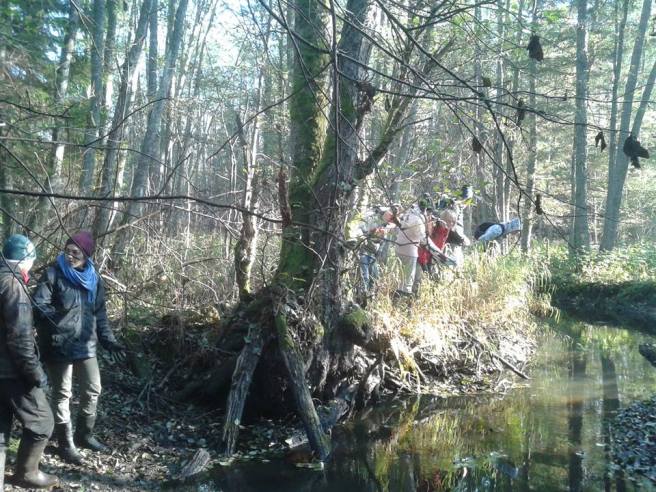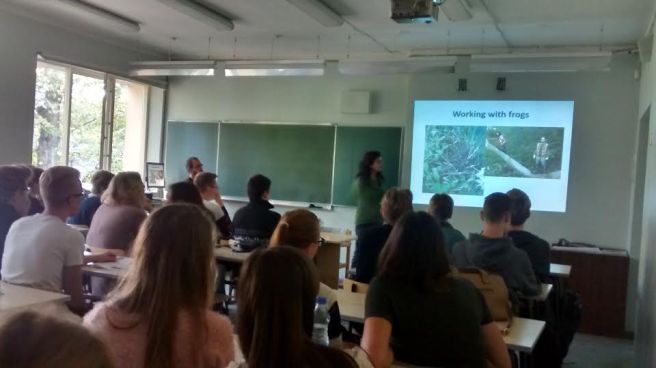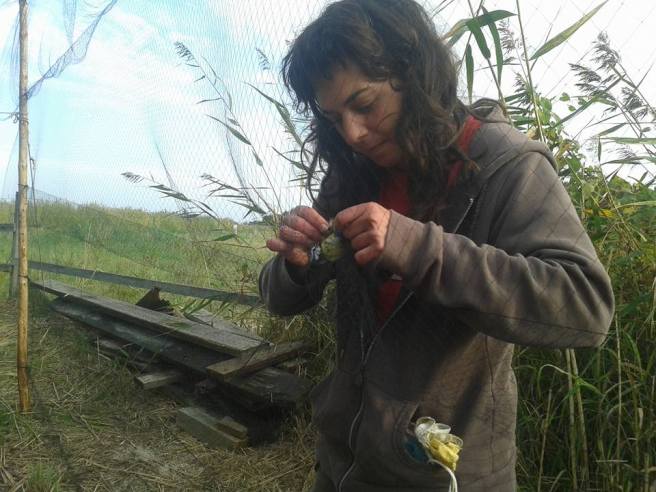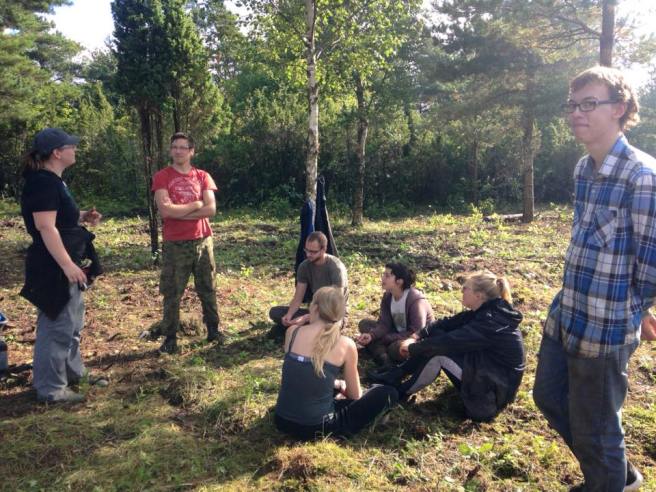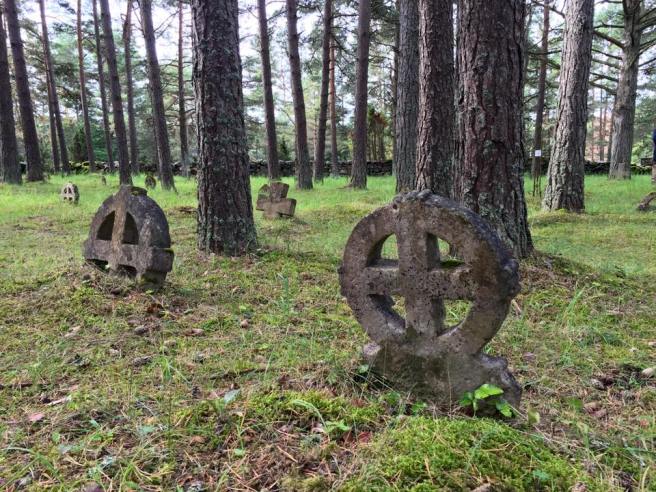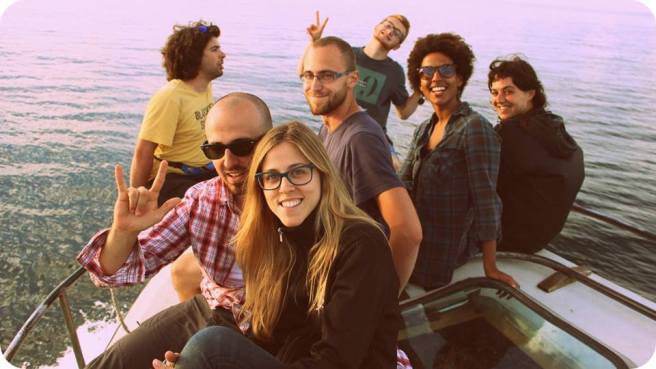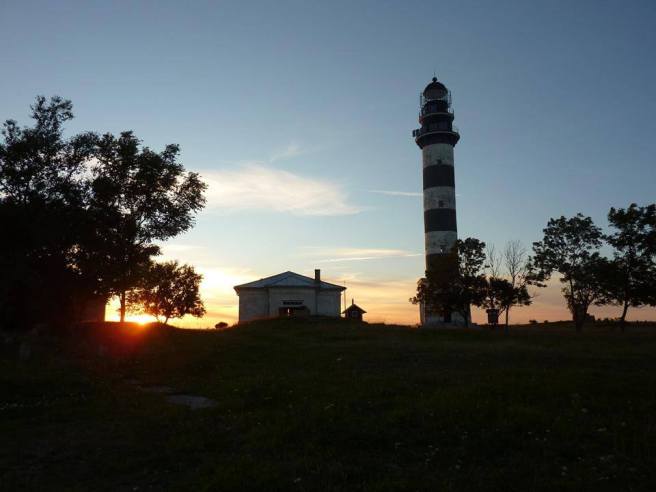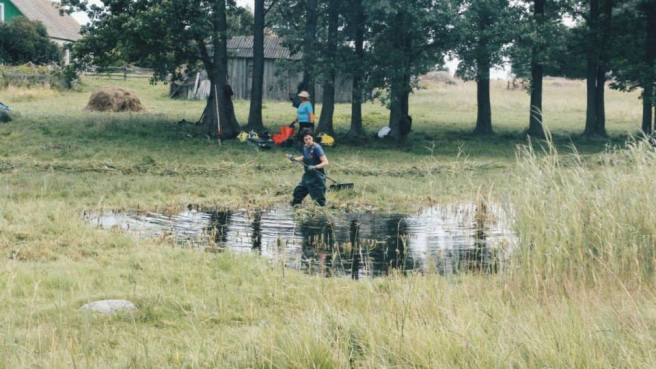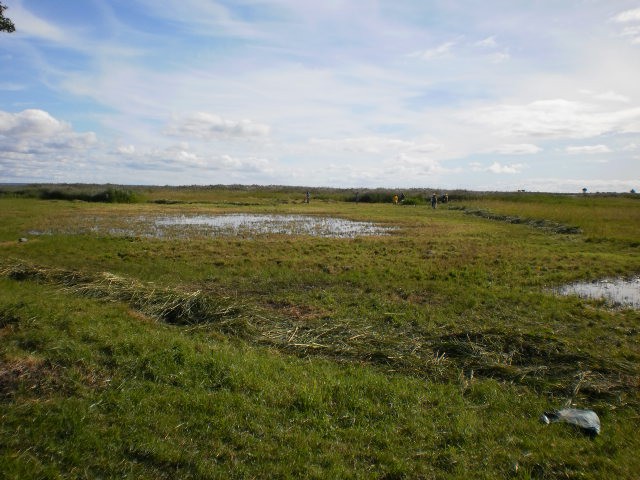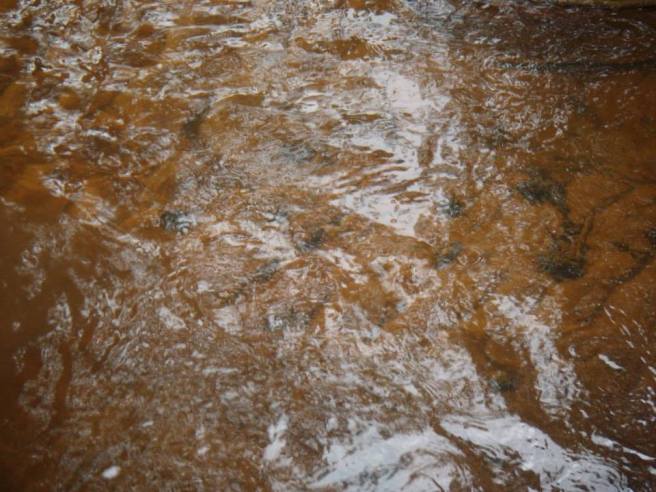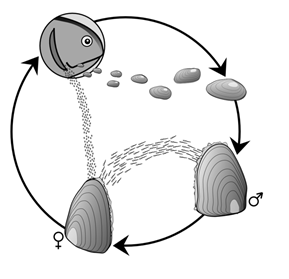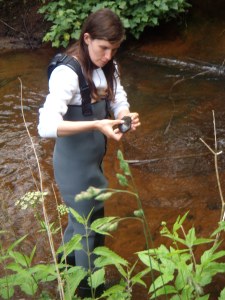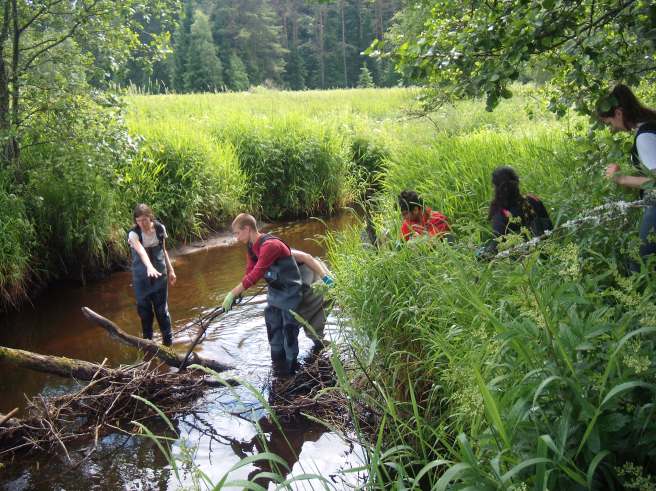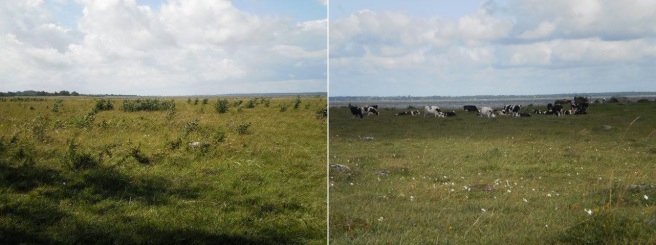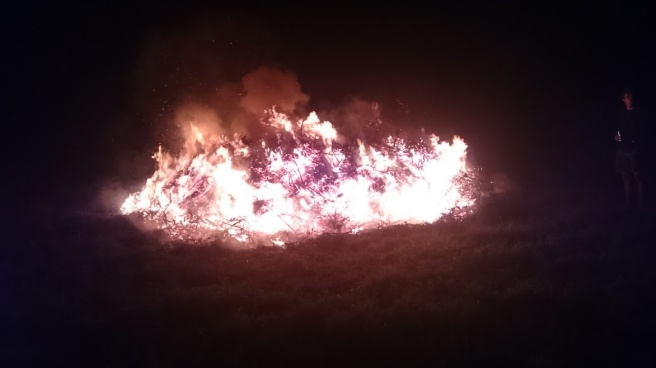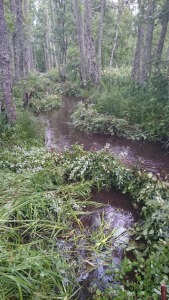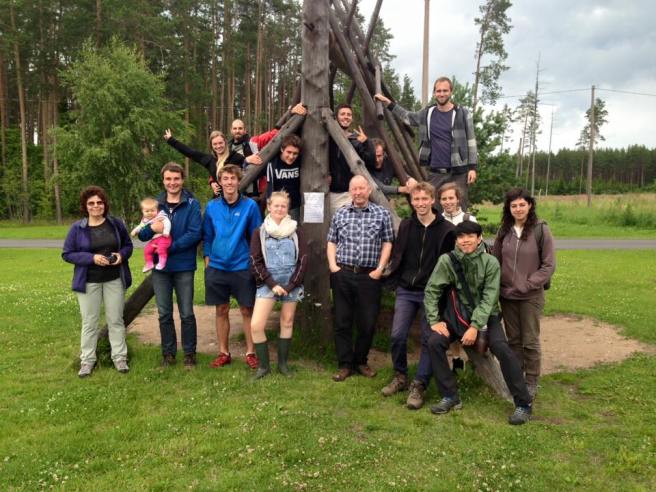I don’t know where to begin, it’s really hard to describe how I’m feeling now. One part of me wants to go home, but the other part doesn’t want to leave Estonia which had been my home in the last months. Looking back on this time makes me glad that I chose this project and country.
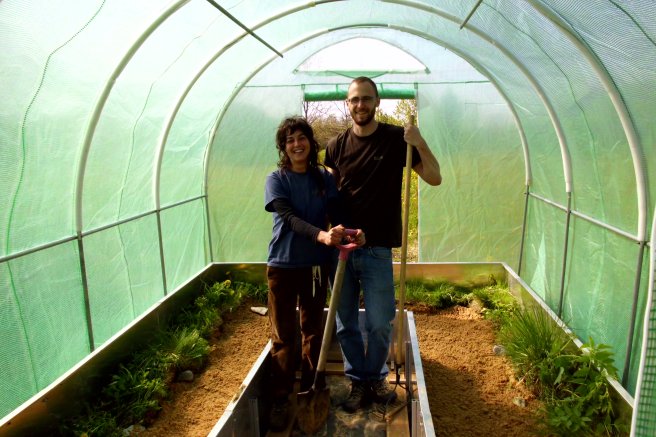
I can recommend European Voluntary Service for everyone. The first thing it’s basically free: the flight tickets, accommodation, food and the insurance is covered by the European Commission. You can live in an another country, do something positive, learn about yourself and make new friends. It’s truly a unique opportunity and every young people should do it. One of the best decisions of my life!
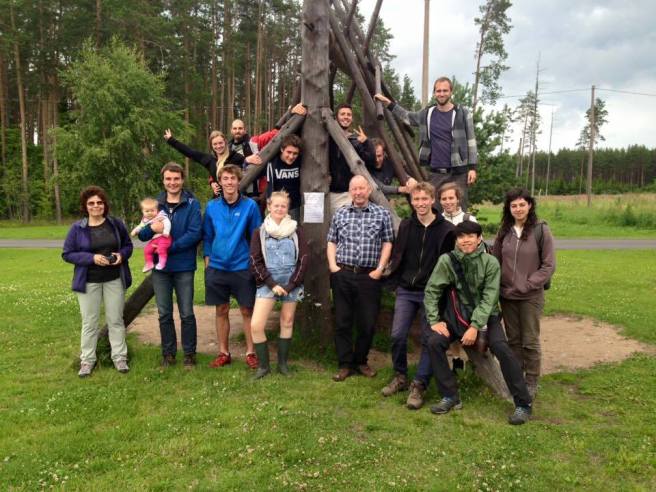
Before coming here I was living in Budapest and although I was never really into nature, I really wanted to make a change from city life to something that’s more connected to nature. Coming here was a great choice because I feel I got really close to nature, we traveled all around a country visiting beautiful landscapes and restoring habitats for different kind of animal species.
I learned a lot during our working holidays, for example how to use and fix a chainsaw and a brush cutter. Also about nature conservation and semi-natural habitats and animal species. Not to mention Estonian culture and history.I discovered about myself that I’m a sauna enthusiasts. A hot sauna next to a nice cold lake or stream in the forest is a sanctuary for the body and the soul.
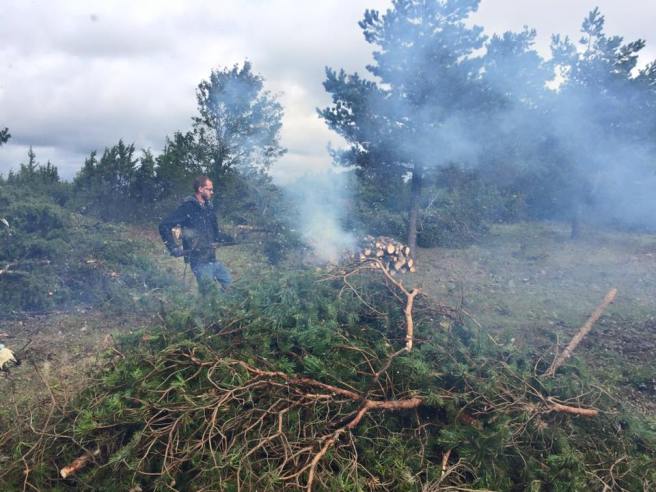
I think ELF is doing a great job with organizing talgud. It’s a great way for involve people in nature conservation, and for participants to meet other people and discover new places. All camps were special in a way, but the international ones were my favorite because they are longer and have more time to make a team. Also it’s a great experience meeting people from around the world. This experience really opened up the world for me. ELF did a great job about our project as well, most of the things went very smoothly, I had nothing to complain about, they were always very helpful.
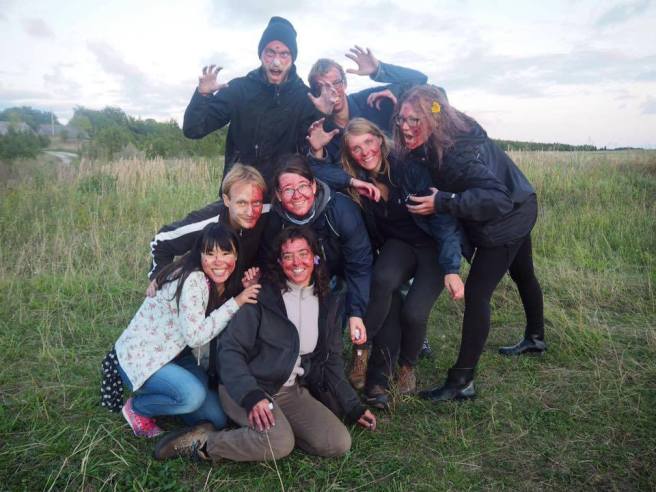
So here’s a suur-suur aitäh for everyone who have been cool to us in the past 6 months: to the guys working at ELF who had made this all possible for us and helped us during our service, to our mentors who have been always kind and helpful to us, to the local Estonian camp leaders and volunteers with whom – I really hope – we made some positive difference in the nature.

I have to go home now, but I’m sure it’s not my last time here in this charming country. I have to come back to see the Estonian winter and to try your saunas in when there’s snow and ice everywhere.
I say goodbye with my favorite Estonian singer 😀
